Walking through the cobblestone roads of Italy, it is hard not to be overwhelmed by the smell of baked bread, the scent of fresh fish, the peppery scent of salami, and the truckles of aromatic cheese and much more. Many of these fragrances might make a vegan weary about the possibility of finding anything they can eat. Italy’s traditional cuisine is generally believed not to be vegan-friendly.
Yet, if you focus deeper on the smells wafting through the piazze, you will also discover the scent of fresh basil, arugula, olive oil, the enticing smell of coffee beans and of a hundred more vegan-friendly ingredients and dishes. In these lighter, subtler smells, a vegan finds hope!
Think about it: Italian cuisine is built on fresh wholesome ingredients, which makes Italy one of the most traditionally vegan-friendly countries to visit! The question is not “are there vegan dishes in Italy” but “where to find them and what to look for”.
In fact, while you may not find a plethora of vegan restaurants cropping up in Italy, you will find an abundance of vegan-friendly dishes on nearly every menu in Italy. So, if you are going to visit this fabulous country, and you are looking for information about Italian vegan cuisine, let’s have a look on this guide and find out more about how to plan vegan food experiences in Italy.
The beginning of all Italian vegan food tours: the colazioneIf you are a coffee lover, breakfast in Italy is the place for you to thrive! Coffee, or caffè is a large component of the Italian breakfast, and there are plenty of options. Some of them are originally based on milk, but if you have experienced having a coffee with Italian friends, you’ll know by now that each one will order a different kind of drink and that a plethora of ingredients are usually required. It is therefore not surprising to find out that soy milk (latte di soia in Italian) is easily found in coffee shops as an alternative for your Caffè Latte (a glass of milk ), a Cappuccino, or a shot of Espresso (an Italian favourite) that you may ask “macchiato” if you like to have a little milk with it. Rice milk (latte di riso) is also easy to find, while in some regions, albeit not many, almond milk (latte di mandorla) can be found as well.
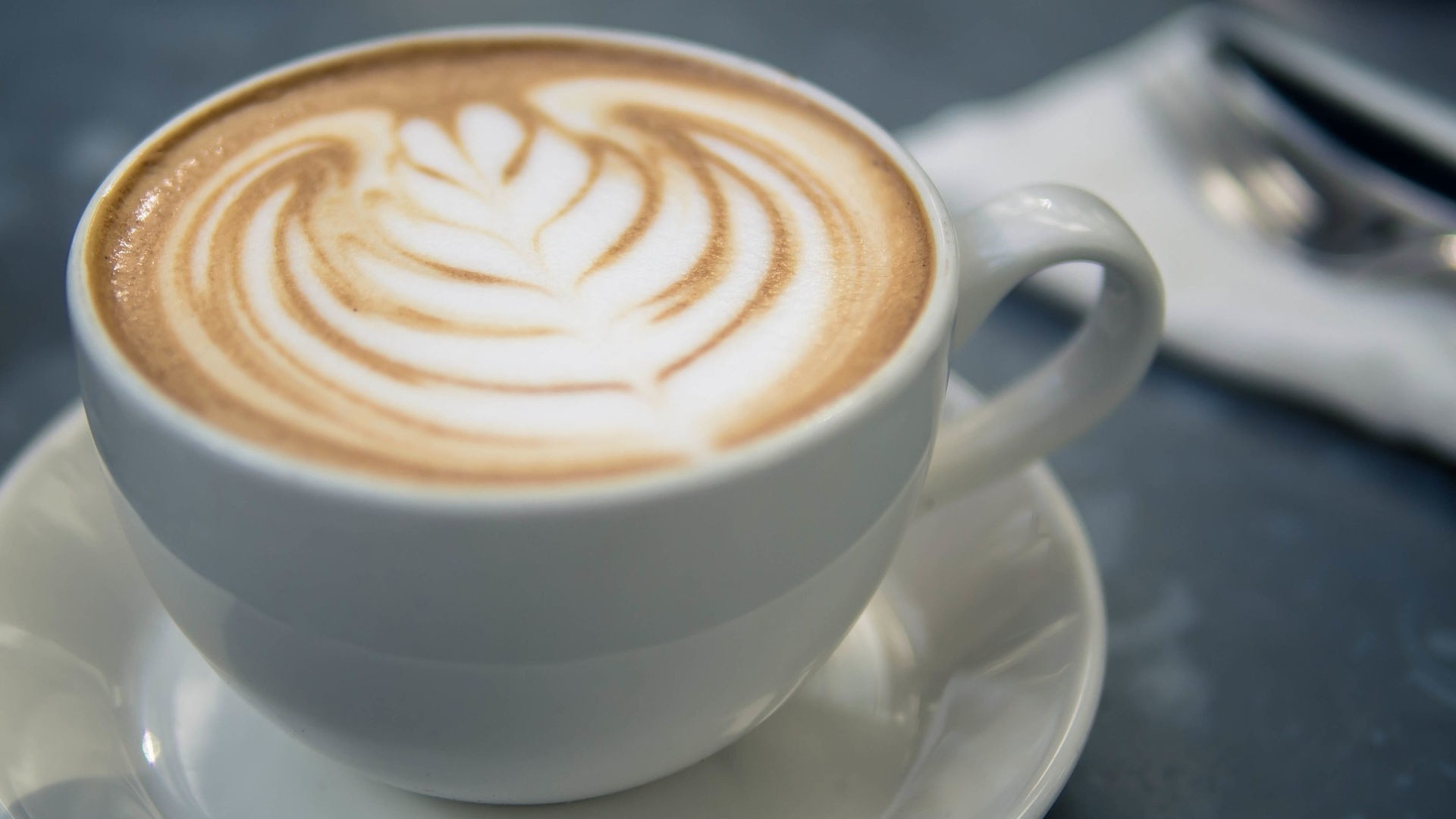
Breakfast in Italy is a light affair, and the morning cup of Joe is usually paired with a biscuit or a pastry: it is not too difficult to find vegan versions of them. Our suggestion? Many coffee shops (called bars in Italian) have started serving cornetti vegani, which is a vegan croissant, and they are simply delicious, coming with all kinds of filling from berry jam to wild honey and more.
Navigating a traditional Italian menu as a veganThe traditional Italian menu is generally divided into courses. First, you will find the antipasti (starters), then the primi piatti (first dishes, mostly based on pasta or rice), followed by the secondi piatti (second dishes: this is were it gets difficult for a vegetarian, being based mostly on meat or fish), and lastly the dolci, or desserts. On most Italian menus you may also find sections for contorni (side dishes), insalate (salads), and piatti unici (one, usually served only at lunch) and, of course, pizza always has a section of its own.
Bruschetta 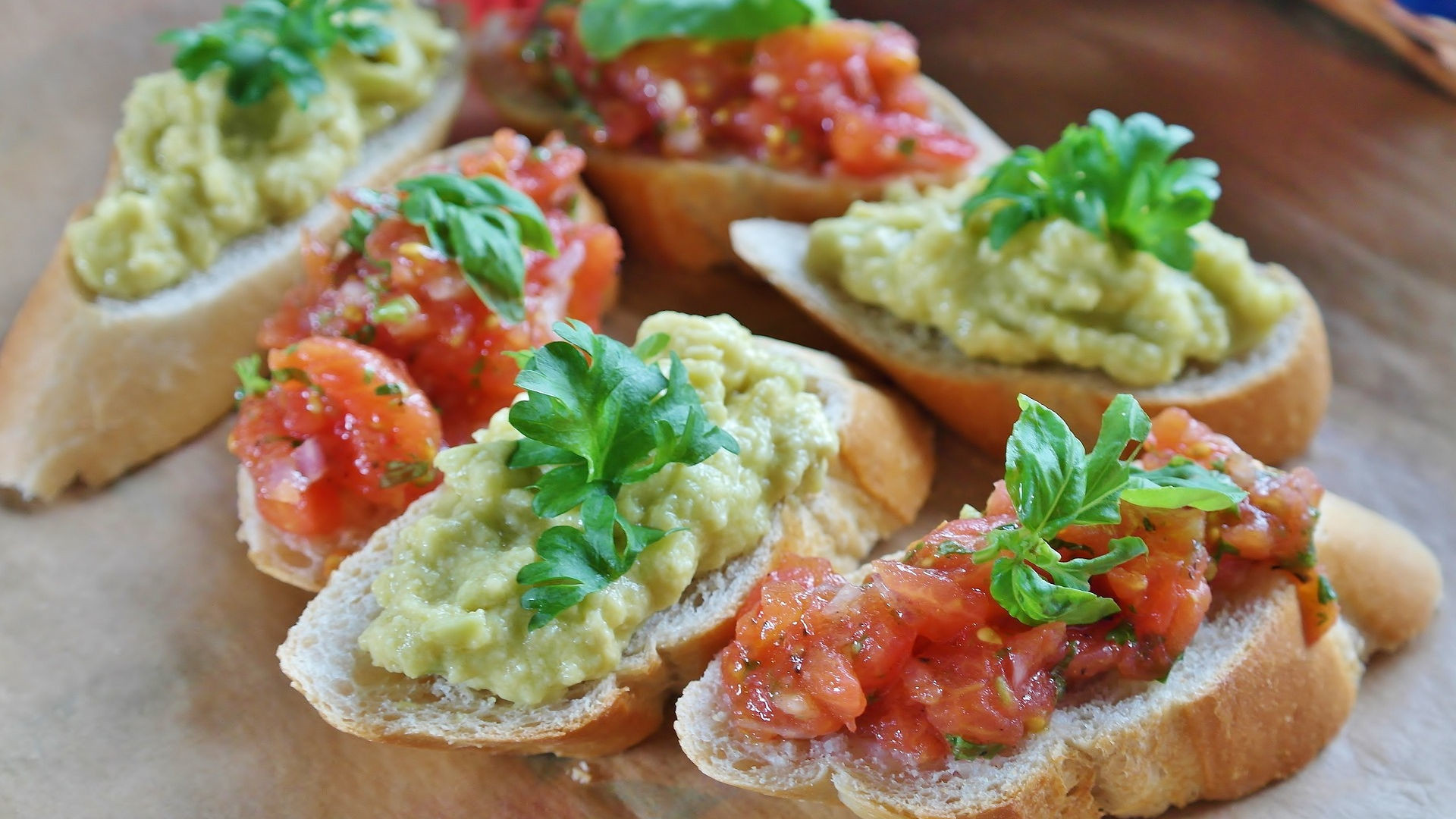
Beware! It is pronounced broos – kay – tah, NOT not broo-shay-tah!). This toasted bread is familiar to many. Traditionally eaten with or without garlic, with or without tomatoes but always with olive oil and salt, it is today found with all kinds of toppings. Here’s where a vegan can find paradise, because most of them are simply based on vegetables: olive tapenade (paté di olive), eggplant (melanzane) spread or sliced, zucchini, artichokes spread (crema di carciofi) are just but some of the possibilities.
Though some of these may seem misleading because of the word cream, they usually do not contain any cream with dairy: the traditional way of making them includes olive oil, the vegetables, sometimes nuts and always a lot of cooking and stirring. Make sure to ask, though, just to be sure, and keep a lookout for anchovies with the olive cream!
Fritti In many restaurants and bars they serve deep-fried vegetables (fritti di verdure) as well as a deep-fried ball of pizza dough that has many names (pizza fritta, zeppole, pettole…).
Verdure Grigliate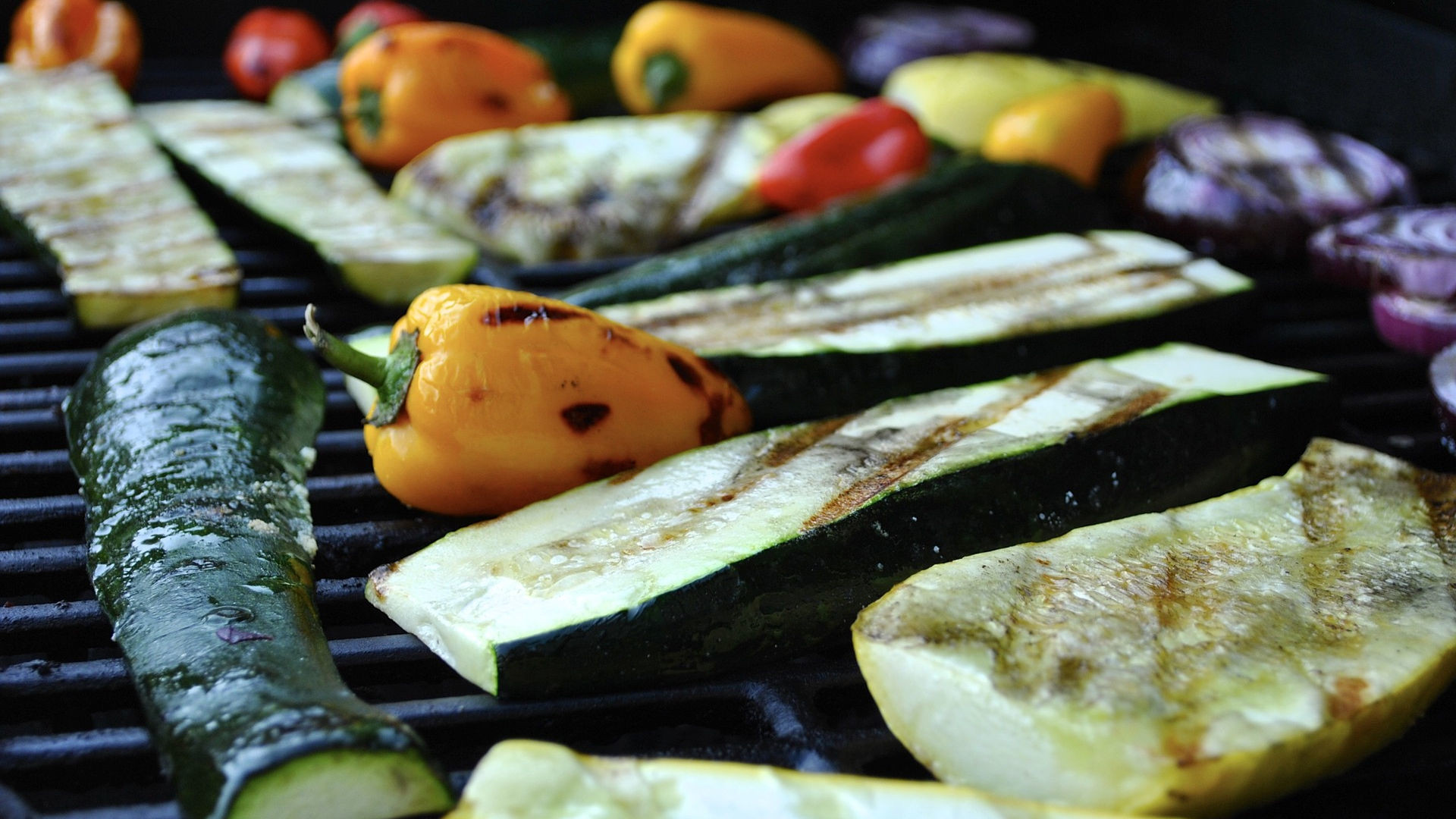
Grilled vegetables are almost always available on Italian menus, and the variety changes seasonally. These vegetables usually include, but not limited to: eggplant, zucchini, bell peppers, cicory, spinach, swisschard and other greens. These veggies are usually tossed with olive oil and are almost always vegan- just ask when ordering if they serve it with cheese.
Vegan Primi PiattiPasta e FagioliPasta e Fagioli is a thick stew made with pasta, beans and other ingredients that change regionally but are usually vegan-friendly, such as celery, tomatoes, oregano, crushed red pepper, and garlic. Some chefs may put animal products in this stew, so be sure to ask!
Penne all’Arrabiata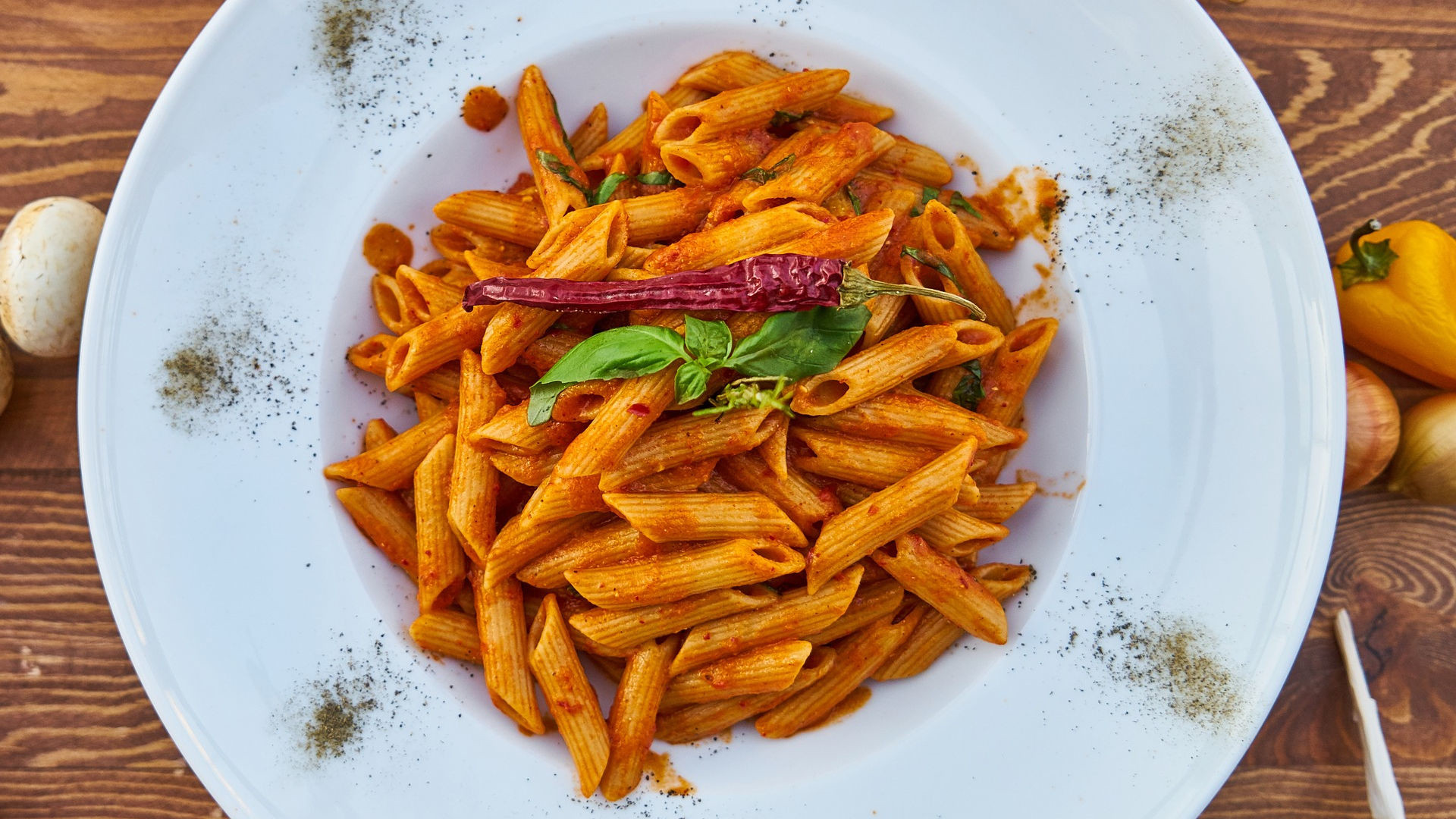
If you are looking for a fiery dish, penne all’arrabiata is a good choice for you! This “angry” pasta gets its spice from the chili pepper flakes in the sauce, which is also made of tomatoes, garlic and parsley.
The dish may be served with grated cheese. Order without cheese by saying “senza formaggio” for extra precaution. Don’t be surprised if the waiter looks like “why are you asking” since the original recipe is without cheese. It means you’ve just met a purist waiter.
Pasta alla NormaThis Sicilian pasta dish is served with a sauce made of tomato, basil, and eggplant chunks. However, this dish is famous for the grated ricotta cheese sprinkled on top so be sure to mention “senza formaggio” when ordering!
Secondi PiattiIn Italy, “Secondi Piatti” are always going to be meat and fish dishes, so avoid this section on the menu at a restaurant unless you are at a vegan restaurant.
If you are at a vegan restaurant in Italy, or if you are having a food tour by your own, this section is worth taking a look at, but otherwise, I suggest ordering your meal from other sections of the menu- there are many options from starters, sides and first courses! It is perfectly acceptable to pick and choose which sections of the menu you order from, so don’t feel like this choice is out of the norm!
Contorni (Sides)Potatoes
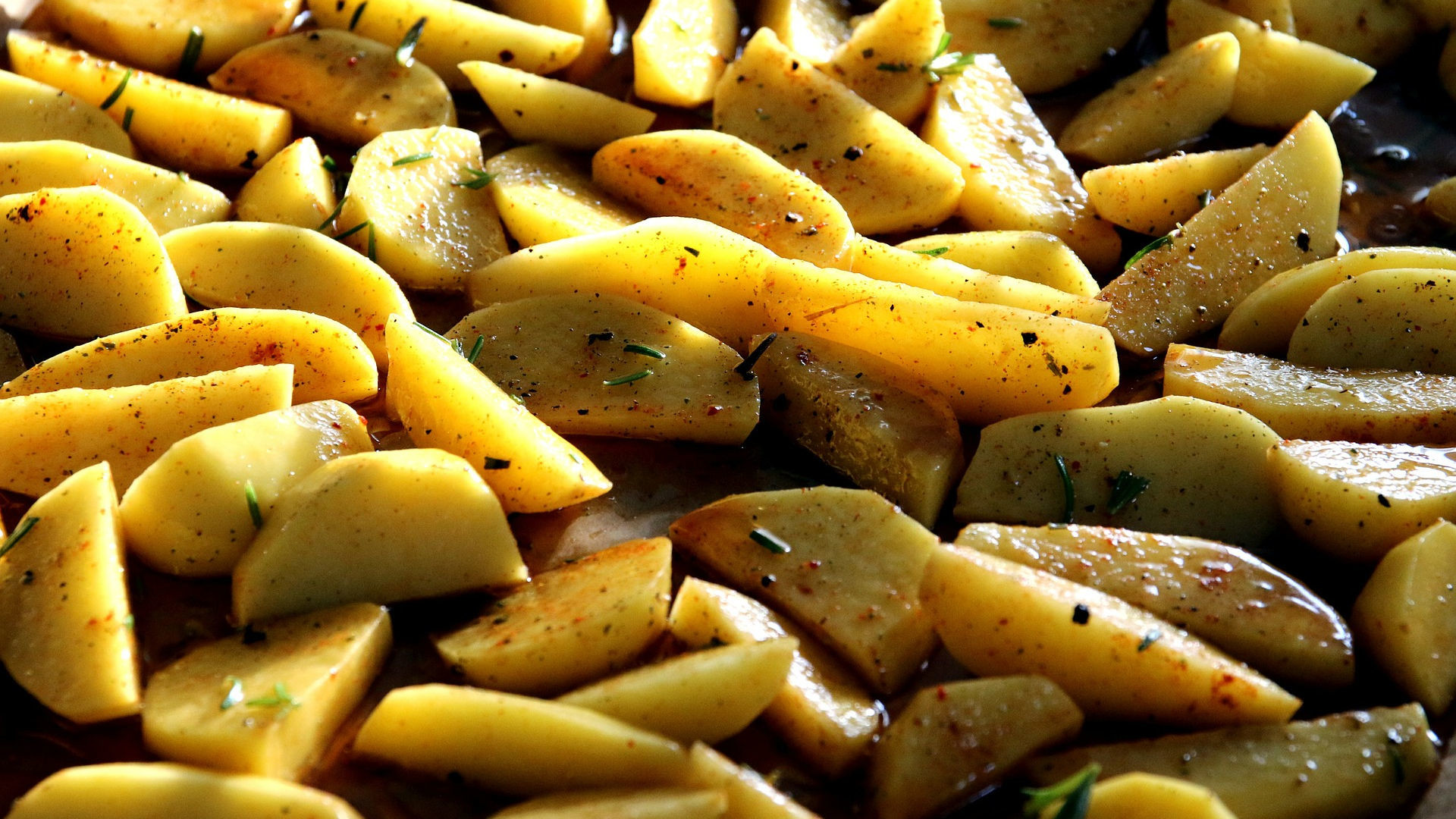
Either made into french fries (patatine fritte) or baked and served with rosemary (patate al forno). Make sure to ask if they use cheese in the preparation.
CaponataThis Sicilian dish is made from fried eggplant, onions, zucchini, celery, and capers flavoured with vinegar and sugar.
Salads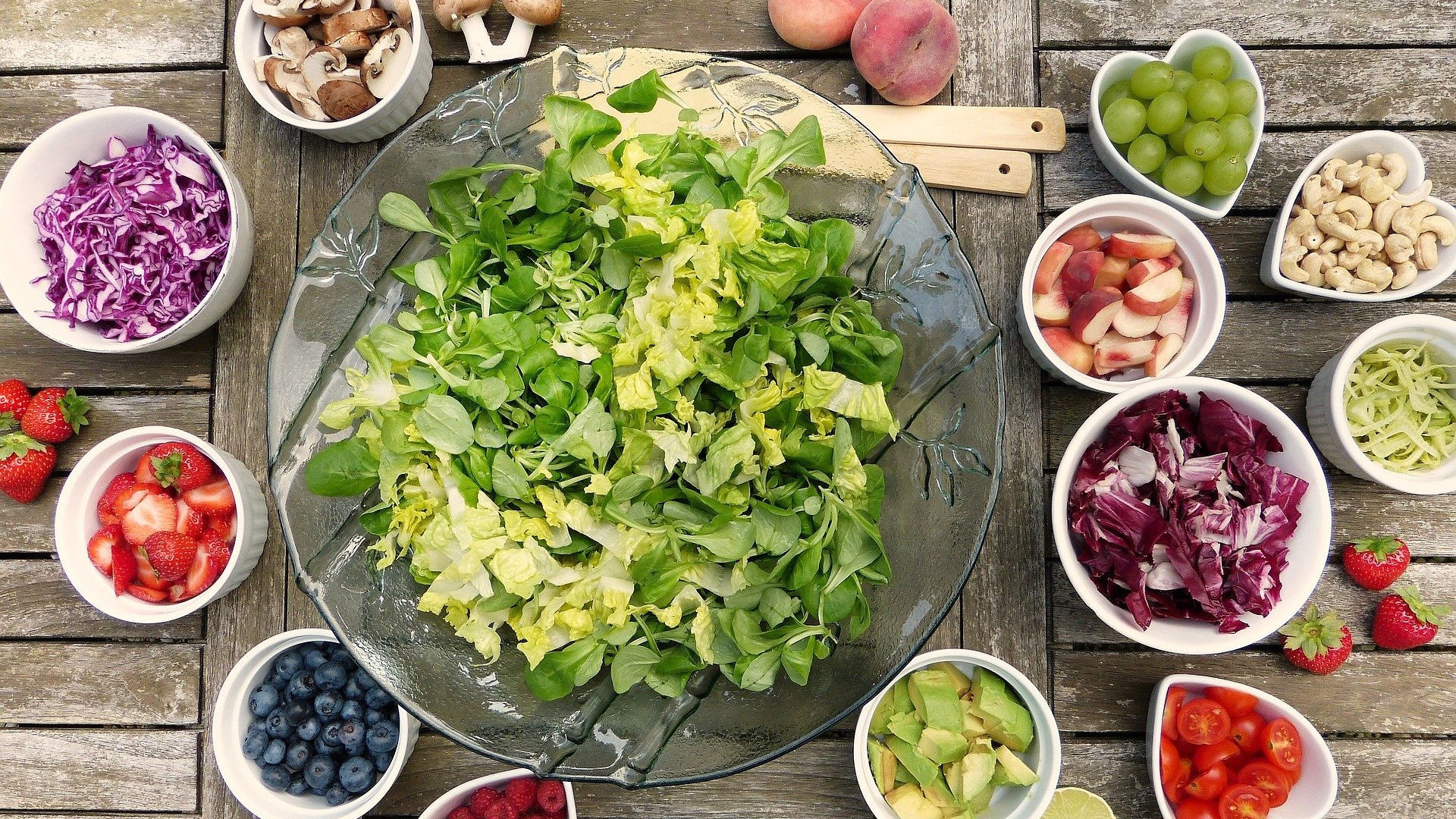
Italian salads are a great option for vegans! Usually served with olive oil and balsamic vinegar, you don’t need to worry about creamy salad dressings. Italian salads are abundant with greens and fresh seasonal veggies. If on your menu you find a section entitled “insalatone” – meaning big salad – you may order a portion that is thought as a one-meal dish. Make sure to pay attention to whether there is cheese, hard-boiled egg or tuna on the salad: you can order without, since they are usually prepared right after you order!
PizzaThe original pizza, which is the pizza marinara, is topped with tomato sauce, dried oregano, garlic, and fresh basil leaves. This pizza, a Neapolitan favorite, has no cheese and a go-to for vegans!
The traditional pizza crust is also vegan, made only of flour, water, salt, and yeast. Only very few chefs add other ingredients in their pizza. If a restaurant is certified by L’associazione Pizza Verace, their crusts are only made with those four ingredients. You can also order any other pizza “senza formaggio” (without cheese)!
Dolce (Dessert)It is a rarity for a vegan to go into a non-vegan restaurant and be able to order some dessert, but in Italy, there should always be at least one option: sorbetto!

Not all gelato is vegan, because they contain milk or eggs, but a lot of the fruit flavours – sometimes named sorbetti – have no animal products in them: the original recipe is based on sugar, fruit and water. By the ways, this is also the same recipe of the granatina siciliana, one of my favourite: a sort of half-frozen fruit smoothie. Make sure to ask if there is any “latte” (milk) or eggs “uova” in the flavour of your gelato, sorbetto or granatina before ordering! Nowadays many gelateria have a number of vegan options that are clearly labelled.
How to plan vegan food tours in ItalyWith this information in mind, you should be set and feeling confident to take on traditional Italian cuisine as a vegan! However, what better way to start your vegan taste bud excursion than to take a
WalkingPalates gastronomic tour! Available in various
Italian cities they all have a vegan option. Or ask for a
tailored, vegan tour!
WalkingPalates Food Ambassadors (certified tour guides) can help you navigate the Italian cuisine and make sure you are getting the best traditional Italian dishes around the country!






